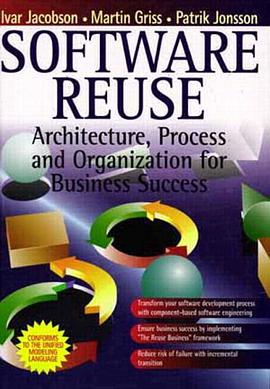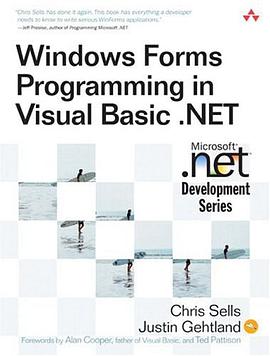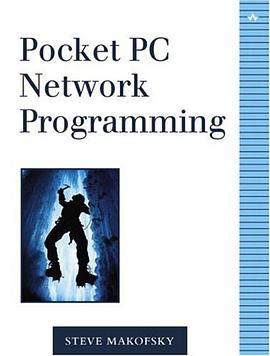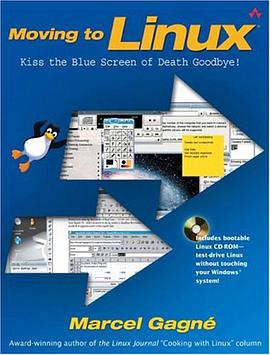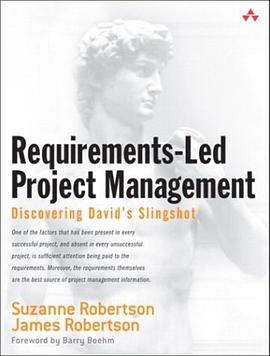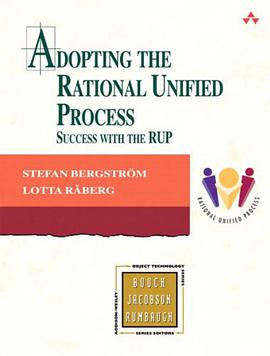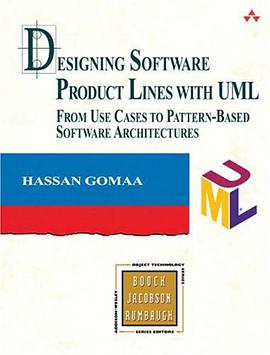

"Designing Software Product Lines with UML is well-written, informative, and addresses a very important topic. It is a valuable contribution to the literature in this area, and offers practical guidance for software architects and engineers." -Alan Brown Distinguished Engineer, Rational Software, IBM Software Group "Gomaa's process and UML extensions allow development teams to focus on feature-oriented development and provide a basis for improving the level of reuse across multiple software development efforts. This book will be valuable to any software development professional who needs to manage across projects and wants to focus on creating software that is consistent, reusable, and modular in nature." -Jeffrey S Hammond Group Marketing Manager, Rational Software, IBM Software Group "This book brings together a good range of concepts for understanding software product lines and provides an organized method for developing product lines using object-oriented techniques with the UML. Once again, Hassan has done an excellent job in balancing the needs of both experienced and novice software engineers." -Robert G. Pettit IV, Ph.D. Adjunct Professor of Software Engineering, George Mason University "This breakthrough book provides a comprehensive step-by-step approach on how to develop software product lines, which is of great strategic benefit to industry. The development of software product lines enables significant reuse of software architectures. Practitioners will benefit from the well-defined PLUS process and rich case studies." -Hurley V. Blankenship II Program Manager, Justice and Public Safety, Science Applications International Corporation "The Product Line UML based Software engineering (PLUS) is leading edge. With the author's wide experience and deep knowledge, PLUS is well harmonized with architectural and design pattern technologies." -Michael Shin Assistant Professor, Texas Tech University Long a standard practice in traditional manufacturing, the concept of product lines is quickly earning recognition in the software industry. A software product line is a family of systems that shares a common set of core technical assets with preplanned extensions and variations to address the needs of specific customers or market segments. When skillfully implemented, a product line strategy can yield enormous gains in productivity, quality, and time-to-market. Studies indicate that if three or more systems with a degree of common functionality are to be developed, a product-line approach is significantly more cost-effective. To model and design families of systems, the analysis and design concepts for single product systems need to be extended to support product lines. Designing Software Product Lines with UML shows how to employ the latest version of the industry-standard Unified Modeling Language (UML 2.0) to reuse software requirements and architectures rather than starting the development of each new system from scratch. Through real-world case studies, the book illustrates the fundamental concepts and technologies used in the design and implementation of software product lines. This book describes a new UML-based software design method for product lines called PLUS (Product Line UML-based Software engineering). PLUS provides a set of concepts and techniques to extend UML-based design methods and processes for single systems in a new dimension to address software product lines. Using PLUS, the objective is to explicitly model the commonality and variability in a software product line. Hassan Gomaa explores how each of the UML modeling views-use case, static, state machine, and interaction modeling-can be extended to address software product families. He also discusses how software architectural patterns can be used to develop a reusable component-based architecture for a product line and how to express this architecture as a UML platform-independent model that can then be mapped to a platform-specific model. Key topics include: * Software product line engineering process, which extends the Unified Development Software Process to address software product lines * Use case modeling, including modeling the common and variable functionality of a product line * Incorporating feature modeling into UML for modeling common, optional, and alternative product line features * Static modeling, including modeling the boundary of the product line and information-intensive entity classes * Dynamic modeling, including using interaction modeling to address use-case variability * State machines for modeling state-dependent variability * Modeling class variability using inheritance and parameterization * Software architectural patterns for product lines * Component-based distributed design using the new UML 2.0 capability for modeling components, connectors, ports, and provided and required interfaces * Detailed case studies giving a step-by-step solution to real-world product line problems Designing Software Product Lines with UML is an invaluable resource for all designers and developers in this growing field. The information, technology, and case studies presented here show how to harness the promise of software product lines and the practicality of the UML to take software design, quality, and efficiency to the next level. An enhanced online index allows readers to quickly and easily search the entire text for specific topics.
具体描述
读后感
评分
评分
评分
评分
用户评价
相关图书
本站所有内容均为互联网搜索引擎提供的公开搜索信息,本站不存储任何数据与内容,任何内容与数据均与本站无关,如有需要请联系相关搜索引擎包括但不限于百度,google,bing,sogou 等
© 2025 book.wenda123.org All Rights Reserved. 图书目录大全 版权所有




